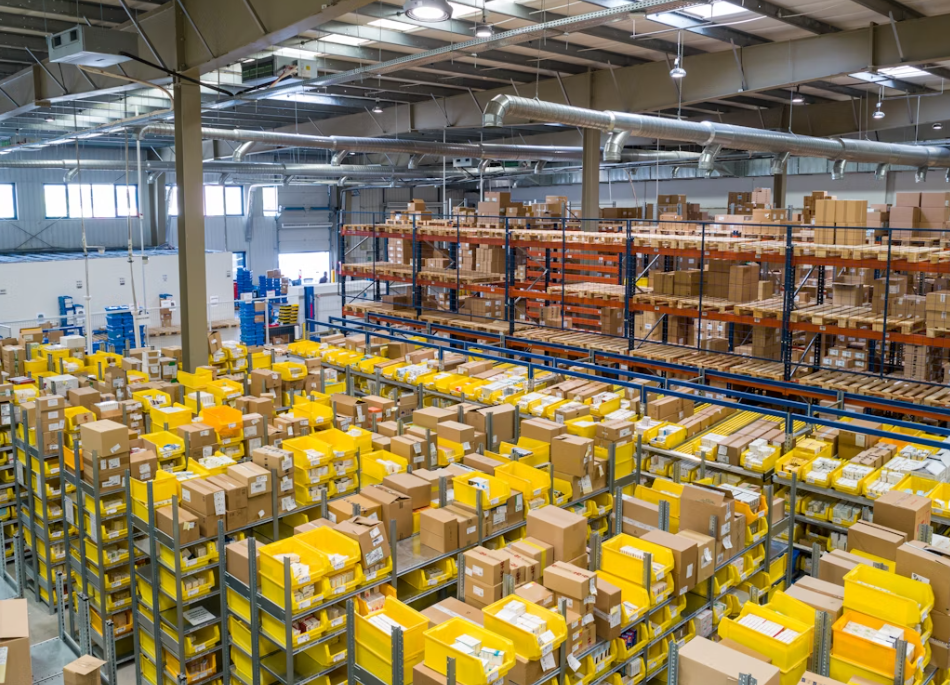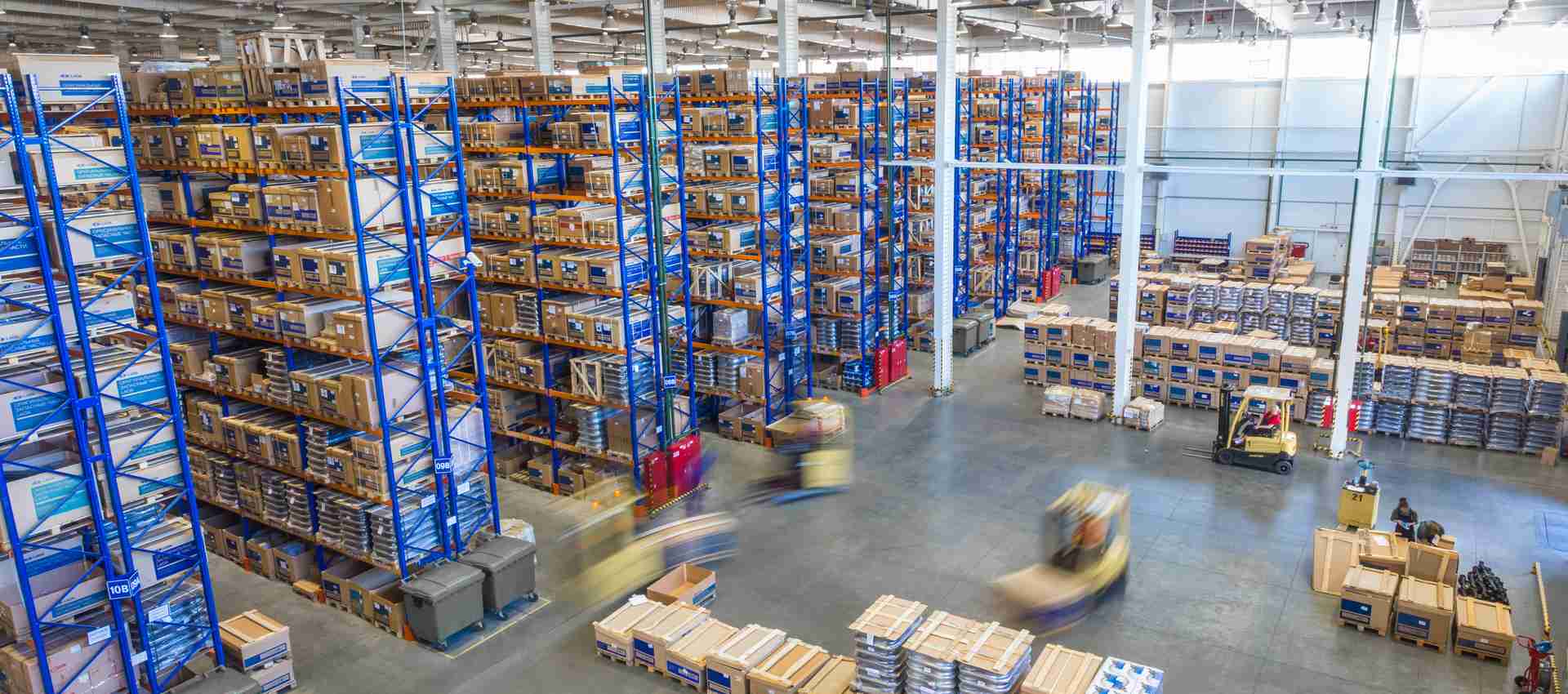Choosing the best warehousing solutions is one of the most important decisions for any business that deals with inventory, logistics, or distribution. The right warehouse setup ensures smooth operations, faster deliveries, and lower costs, while the wrong one can lead to inefficiency, lost products, and delayed shipments.
Selecting the ideal warehousing solution requires understanding your business’s needs, evaluating storage options, and considering long-term scalability.
Assessing Your Business Needs
The first step in choosing a warehousing solution is to analyze what your business truly requires. Consider the type of products you handle, the quantity of inventory you store, and how frequently items move in and out of storage.
Perishable goods may require climate-controlled facilities, while large industrial materials might need heavy-duty storage and loading capabilities. Understanding whether you need short-term storage, long-term inventory management, or a distribution center helps you narrow down the right type of facility for your operations.
Evaluating Location and Accessibility
Location plays a vital role in how efficiently your warehouse supports your business. A strategically placed warehouse reduces transportation costs and delivery times, especially if it’s near suppliers, customers, or major transport routes.
Accessibility for trucks, loading docks, and freight services should also be considered. The best warehouse locations are those that minimize transit time, cut down on fuel expenses, and keep supply chains flowing smoothly. Choosing the right spot can make your logistics network far more efficient and cost-effective.
Considering Technology and Automation
Modern warehousing has evolved far beyond simple storage spaces. Many top-tier facilities now incorporate automation and digital inventory management systems. Features like barcode scanning, warehouse management software (WMS), and automated retrieval systems enhance accuracy, reduce human error, and save time.
If your business deals with high volumes of inventory or rapid order fulfillment, choosing a warehouse with advanced technology ensures precision and speed in every stage of operation. A tech-equipped warehouse helps you stay competitive in an increasingly fast-paced supply chain environment.
Assessing Scalability and Flexibility
Your warehousing needs today may not be the same tomorrow. Choose a solution that can grow and adapt with your business. Scalable facilities allow for easy expansion of storage space, while flexible contracts give you room to adjust during busy seasons or slower periods.
This adaptability ensures that your warehousing solution remains cost-efficient without compromising performance. Businesses that anticipate growth or changes in demand should prioritize flexibility to avoid being locked into space or costs that no longer fit their needs.
Analyzing Security and Safety Standards
Security and safety are critical in any warehousing decision. A good facility should have surveillance systems, access controls, and trained staff to protect your inventory from theft or damage.
Compliance with safety regulations, including fire protection systems and proper equipment handling, ensures both product integrity and worker well-being. Choosing a warehouse that prioritizes safety not only protects your assets but also builds reliability and trust in your supply chain.
Comparing Costs and Value
While cost is a major factor, the cheapest option isn’t always the best. Compare the value each warehousing solution offers, including services like packaging, shipping, or inventory management. A slightly higher upfront cost can lead to greater efficiency, fewer losses, and better customer satisfaction in the long run. Evaluate all fees, such as storage rates, handling charges, and long-term contracts, to make an informed decision that balances budget and quality.
Choosing the best warehousing solution means aligning practicality, technology, and strategy. By assessing your business needs, prioritizing location, embracing automation, ensuring security, and planning for future growth, you can find a warehousing partner that keeps your operations running smoothly and efficiently. The right choice not only supports your current logistics but also strengthens the foundation for your business’s future success.




